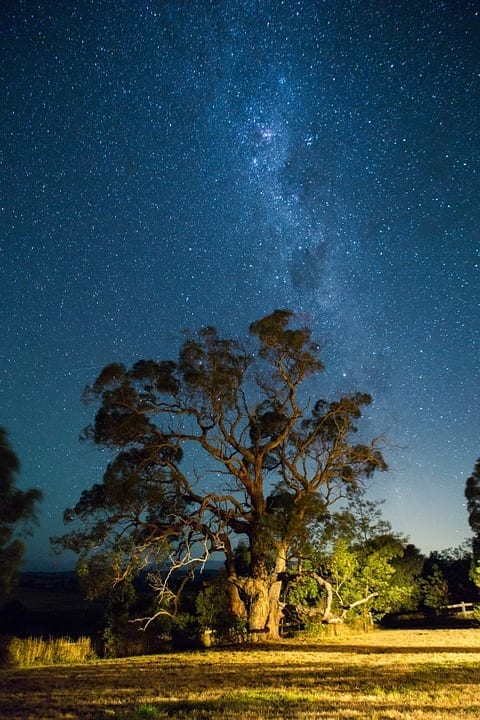What is the Biodiversity Assessment Method?
The Biodiversity Assessment Method (BAM) outlines how an accredited person assesses impacts on biodiversity at development sites and stewardship sites.
The BAM is a scientific document that provides:
- a consistent method for the assessment of biodiversity on a proposed development or major project or clearing site
- guidance on how a proponent can avoid and minimise potential biodiversity impact and
- the number and class of biodiversity credits that need to be offset to achieve a standard of no net loss biodiversity
The BAM is supported by the online BAM tool, which allows accredited assessors (typically ecological consultants) to enter field data and determine the number and class of biodiversity credits. The BAM tool will also help with preparation of standardised reports for consent authorities to consider.
An accredited assessor must apply the BAM. The assessor documents the results of the biodiversity assessment in a Biodiversity Development Assessment Report (BDAR).
The BDAR identifies:
- how the proponent proposes to avoid and minimise impact
- any potential impact that could be categorised as serious or irreversible according to specified principles and
- the offset obligation required to offset the likely biodiversity impacts of the development or clearing proposal expressed in biodiversity credits.
A proponent must provide the BDAR to the approval authority as part of their development, major project proposal, or clearing application. A BDAR will be placed on public exhibition with the relevant development application.
Accessing Species Credits
Delta Associates can assist you with biobanking credit requirements, and advise you on options for offsetting the ecological impact on the species affected by your development. We can help you find suitable credits, and arrange the purchase of credits. We can also assist with transferring and retiring credits.
We can help with finding suitable credits for:
- Developers and Project Managers
- State Government Departments
- Local Councils
- Infrastructure Providers
- Accredited Assessors
- Mines
- Factories extending facilities
We offer flexible contracting terms and credit pricing that meets the market. Your project may wish to secure credits today at today’s credits prices whilst having the flexibility of a deferred settlement or option agreement.
For more information, review our FAQs below or enquire online for a consultation and review of your biobanking needs.

Frequently Asked Questions
Stewardship sites for Brush-Tailed Phascogales have been marked across the Hunter Valley. Delta Associates holds a large number of Brush-Tailed Phascogale species credits across multiple sites in the region. Contact us today to discuss your requirements.
After quantifying the Biobanking Ecological Impact of your project, you can confirm with us the suitability of our available NSW Species Credits for your project. We have a number of Brush-Tailed Phascogales credits available under the biobanking scheme, and can guide you through the purchasing process. Contact us today to confirm credit purchase and transfer options.
Species credits are created for threatened species that cannot be reliably predicted using habitat surrogates. The number of species credits is calculated based on targeted survey reports. For more information, enquire today for consultation and advice.
If a landholder decides to generate biodiversity credits (by signing up to a biodiversity stewardship agreement) they can sell those credits to developers to offset the biodiversity impacts of the development proposal. Alternatively, government or philanthropic organisations may choose to purchase the credits to secure biodiversity protections for the site.
The sale price for these credits will be negotiated on a case by case basis by the landholder and the credit buyer. As a minimum, the price must include the costs of managing the stewardship site.
Enquire today
Contact us today for more information on pricing and our flexible contract terms for Ecosystem or Species credits.